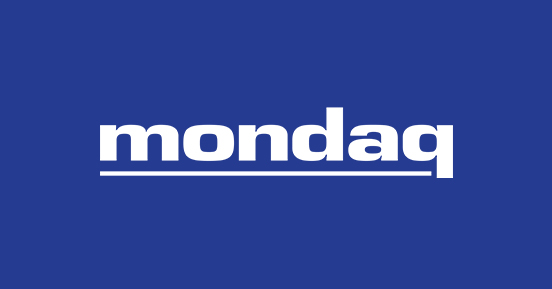To print this article, all you need is to be registered or login on Mondaq.com.
A vehicle capitalised by a secondary buyer and managed by the
existing GP acquires one or more assets from the existing
fund.
Summary
Why use a Continuation Vehicle?
- Maintain exposure to high-performing assets or maximise returns
on underperforming assets. - Extend the hold period for assets while raising significant
further follow-on capital to enhance returns.
What is the process?
- Principal secondary buyer becomes lead investor in continuation
vehicle. - Existing LP base offered the option to sell or to
‘roll’ into the continuation fund. - New carry arrangements may be established to align interests of
secondary buyer, GP and electing LP.

Key considerations
Conflicts of interest
- Managing actual/potential conflicts of interest is fundamental
– this includes articulating the commercial rationale,
implementing appropriate structuring, generating arm’s
length/fair pricing, ensuring transparency via
disclosure/communication in selling fund and underpinning future
alignment with robust CV economics. - LP engagement will be needed, the LPAC may need to approve any
conflict.
Key documentation
- Buyer LPA.
- Election Memorandum.
- Framework Agreement.
- Equity Commitment Letter (if not included in the Framework
Agreement). - SPA(s).
Election process
- Election to sell or “roll” may also include an option
to increase a rolling LP’s commitment in the CV - Election process timeline varies but ILPA suggests 20 BDs. That
said, further ILPA guidance on CV processes is expected imminently
and so this recommended timeframe may change in coming months. - Lead investors may require minimum/maximum participation. Thus,
LP participation may be subject to deductions, adjustments, scale
ups and/or scale backs.
Conditionality
- Closing conditions may include: LPAC consent, LP election
participation, or other third-party consents (e.g., FDI, merger
control/anti-trust, national security, financing, underlying
portfolio management etc.).
Liability
- Warranties will be given by the selling fund, its GP and the
CV. Depending on the deal dynamic, warranties may be given by
management of the underlying portfolio. - Warranty scope varies depending on the underlying portfolio.
Historically, CV deals were warranty- lite but the scope of
warranties typically extends as the transaction becomes more
concentrated (i.e., single asset CVs are more akin to traditional
M&A). - W&I insurance is a standard tool to manage transaction
liability.
CV economics
- Key to generating day 1/future alignment.
- Management fees typically lower than on main vintages of fund
depending on target asset(s) (ILPA recommends
proportionality). - Carried interest may be layered/ratcheted to drive high
returns. - A high proportion of (and sometimes all) sell-side crystalised
carried interest is typically reinvested. - GP commit/co-invests from flagship vintages are commonly used
to improve skin in the game/ demonstrate conviction in the business
plan.
Our secondaries platform
Travers Smith has extensive experience in complex private
markets transactions, with a focus on liquidity solutions across
the private markets capital structure with exposure across all
asset classes.

Originally published by 11 May, 2023
The content of this article is intended to provide a general
guide to the subject matter. Specialist advice should be sought
about your specific circumstances.
POPULAR ARTICLES ON: Corporate/Commercial Law from UK
Shepherd and Wedderburn LLP
When negotiating a contract, it is important to distinguish between statements that are ‘pre-contractual’ and made as part of negotiations, and those that are intended to be contractual terms.
Shepherd and Wedderburn LLP
Breaches of contract occur when there is some form of non-performance of a contractual obligation. Before responding to a breach of a contract, an aggrieved party must determine…
Shepherd and Wedderburn LLP
The key to forming a valid and enforceable contract is to ensure that there is clarity and mutual agreement at every stage of the process…
Penningtons Solicitors LLP
Artificial intelligence (AI) is transforming the way that we live and work. As AI changes how businesses operate, supply services and work with customers and clients, the contracts that govern…
Shepherd and Wedderburn LLP
Warranties and indemnities are contractual clauses that provide protection to buyers. In a typical sale and purchase agreement, it is the buyer who bears…



